|
Yesterday’s cooking contests used to be 4-H cookie bake-offs at the county fair. Today’s cooking contests have Iron chefs being broadcast globally on TV specials. Tomorrow’s cooking contests will be an Olympic sport. An apron-wearing Betty Crocker look-alike will run into Olympic stadium with the Olympic torch. As she reaches the pinnacle and reaches the torch out to light the Olympic flame, it will be in the shape of a large grill that signals the beginning of the Hamburger Cook-off event. To watch the crazy number of cooking competition TV shows or read the crazy number of websites on cooking contests, you might come away with the idea that winning a cooking contest is all about the recipe and ingredients. Not so. If you think this, you’re cooking with one hand tied behind your back. The best cook doesn’t always win, and the best recipe doesn’t always win. If you understand what the judges are going through as they taste and judge, you can use three teaspoons of psychology to increase the chance that you Bring Home the Gold. Most cooking competitions and bake-offs and recipe contests don’t have Bobby Flay or French chefs judging them. Most have either a judging panel of amateur cooks, or they are judged by popular vote. In either of the last two cases, the judges are trying all – or at least many – of the entries. This means that they are starting to get a little bored and the entries are starting to taste an awful lot the same. Here’s what you can do. Use Taste Contrast. After tasting eleven versions of the same pasta, sensory-specific satiety sets in, and pasta starts tasting monotonous. You win by making your recipe stand out in contrast from the others, and you win by having contrast – taste contrast and texture contrast – within your own recipe. A chili that stands out by adding some steak chunks along with the hamburger, has a taste contrast compared to other chilis. One that uses onion that’s cut into large long pieces (instead of diced), makes every bite stand out in contrast to the next. Use Visual Contrast. At Le Cordon Bleu in Paris, they say “You taste first with your eyes.” If it looks great, the judges are thinking it’s going to taste great. By including colorful or high contrasting colors or shapes, it makes it look less boring compared the previous 11 things they just tried. The pasta recipe that uses with two kinds or pasta, black olive slices, two types of meat, and a broiler-browned top is going to look a lot more award-winning than the 11 family recipe spaghettis they just tasted. Give it the Right Name. Tables full of eating psychology research show that you taste what you expect you’ll taste. If someone says something is sweet, you start focusing on what’s sweet about the food. If they say something is creamy, it seems to taste creamier to you. You can make your Olympic entry look good by having it in a nice dish and making it look great (using contrast like browning, parsley, or whatever). You can also give it a name that evokes what you want people to taste. Calling your favorite dessert entry “Sugar Cookies” won’t be doing you a favor, but calling them “Vanilla Sugar Cookies” (because you put a drop of vanilla in the recipe) just raised the Las Vegas betting average that you’ll place higher in the sugar cookie race. If you’re interested in how this might look in action. Here’s an example. There was a Casserole Cook-off at our mini-country fair this week. Being from the Midwest, I love casseroles. We were going to go to the fair that Saturday to ride on carnival rides, and my daughters said, “You should make something for the casserole contest.’
Step 1. Grab Ingredients. I took a basic boring crab casserole recipe off the internet, and defrosted about $3 worth of fake crab meat from the freezer. I grabbed other stuff from the cupboards that would give it taste contrast or visual contrast. Step 2. Add Taste Contrast. I figured the judges would be eating lots of casseroles with pasta, rice, or potatoes as the starch. I wanted to this to stand out a different. I substituted soft bread cubes and sliced hard-boiled eggs instead of the pasta. Then I put a cup of celery in it gave each bite taste contrast. I would have sautéed garlic, but I didn’t think of it until I was backing out of the garage. Step 3. Add Visual Contrast. Sliced black olives – in the shape of rings – would have it some nice contrast. Not everyone likes black olives, but they would be worth the risk. I also finished the casserole off under the broiler to brown it for contrast. Step 4. Give it the Right Name. Instead of calling it Crab Casserole, I called it “Crab-a-gonza Casserole” which was silly given that there’s no actual crab in the recipe. To take the silliness over the top, I put a little crab icon next to the name, and printed out a color name plate, in case they put the descriptions in front of entry (which they ended up doing). Step 5. Collect Your Prize. This prize was larger than the first kitchen I had. There are a lot of other ideas you can use, but these will get you started on your journey to bring home the gold. If you’re looking for ideas that work well for names or how to turn your comfort foods into cash and prizes, I’ve included the links to some scientific articles – including one called “Engineering Comfort Foods.” [They are a bit detailed and boring, so don’t read them while driving or operating heavy machinery.]
7 Comments
April Fool’s Day is a goofy holiday for most people. But my Mom loved April Fool’s Day so much, she’d plan ahead for it.
At dinner that night, she’d love to tell us about who laughed hardest at her April Fool’s joke that day. The people she mentioned weren't always the the funniest or most gregarious people in the office; they were often the quietest. What came to be oddly predictable was that the same people who laughed the most were also the ones she felt friendlier toward, and they were the ones she seemed to repeatedly bring up in other conversations on the other 364 days of the year. One of the best quotes about friendship is also one of the best quotes about laughter: “We choose our friends not because they make us laugh but because we make them laugh.” The most fun person to be around isn’t the funniest person in the room, but it’s the person who believes you are the funniest person in the room. It seems less cool to laugh than it used to be. In social media, LOL stands for Laugh Out Loud (I’m hip to these acronym things, just like I know WTF stands for Way Too Funny). What I often see happen – especially with my daughters’ friends – is that instead of laughing during a conversation, someone who's not even smiling will actually say “LOL." It’s weird. It’s sort of like having someone compliment you on your sweater or haircut without looking at it. It' robotic. On April’s Fools Day my wife and I were having lunch at Panera. At the table next to us, a senior manager was meeting with three employees who worked remotely for the company. He clearly knew all of them, but not very well. They were all earnest, and they asked good questions and seemed prepared. But one of them stood out -- even to me at 10 feet away -- because she genuinely chuckled and laughed very easily. Not leg-slapping guffaws, but just happy chuckles at what either the manager said, or what the others said, or what she said. As their meeting progressed, more and more of the manager’s general comments and advice came to be directed to this woman instead of 1/3, 1/3, 1/3 to each of them. I don’t know if she was the most productive, smartest, interesting of the three employees, but she was the one who stood out. Who do you like most in your groups -- who makes it most worth sticking around? Over the years I’ve played saxophone in several rock bands, and my favorite people in those bands weren’t the greatest musicians – they were the ones who laughed the most during rehearsals or shows. I’m in a men’s group, and the two or three guys who make it most compelling to return to each week aren’t the ones who are necessarily the most insightful or most successful, they are the ones who laugh the easiest. My favorite colleagues, students, and post-docs have also been the ones who laughed the most. My Mom’s genetics speaking. I don’t know if that chuckling Panera woman was the best of those three employees, or if the people who laughed at my Mom’s goofy April Fools jokes were the best in the office. They are, however, the ones who are the most memorable. Sometimes people say, “To find a friend you need to close one eye. To keep them you must close both.” If your eyes are closed, you’ll still be able to find them if they are laughing. Happy April 2nd. |
Welcome!Here are some tips, tricks, and secrets on how you and your family can eat to be healthier and happier. They're based on over 30 years of our published research.
Fun InterviewsMost Visited Last Month• For You
• Smarter Lunchrooms • The X'Plozionz Band • Help your family • Kitchen Scorecard • Retracted papers • Grocery secrets • Do kids inherit taste? • Be healthier at work • How not to retire • Estimating calories • Restaurant Secrets • Syllabus template Top 2024 Downloads• Kitchen Makeover
• Smarter Lunchrooms • Smarter Lunchroom Scorecard • Grocery Shopping Hacks • Restaurant Secrets • Write a Useful Syllabus • Workplace Wellness Tips • Healthy Profitable Menus Categories
All
|
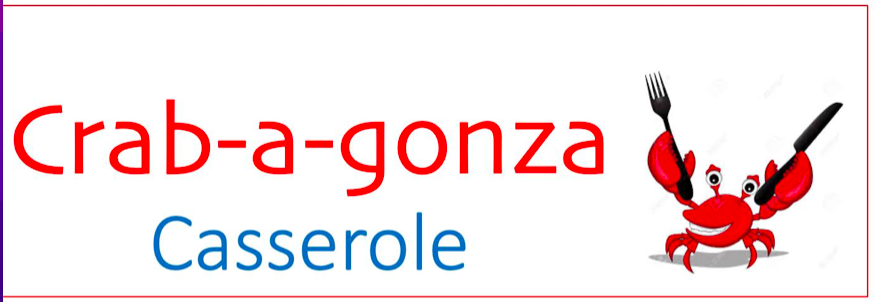

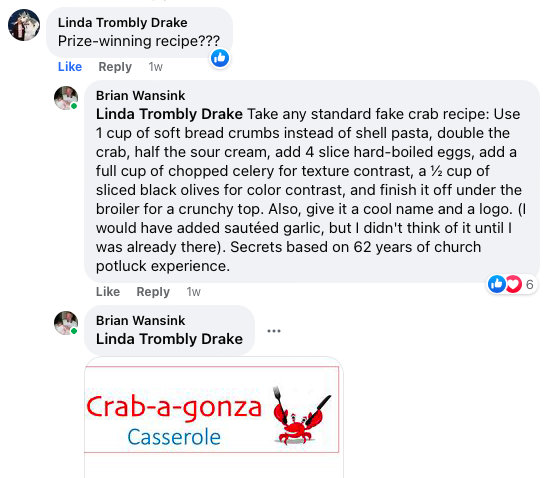
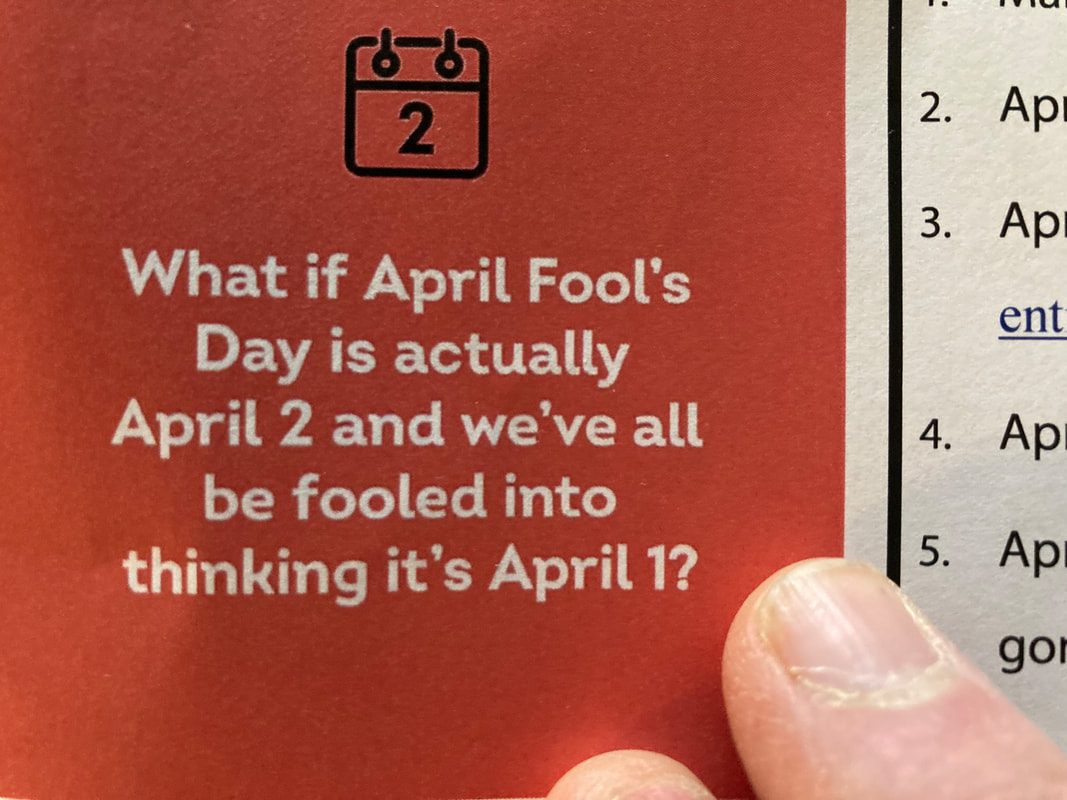
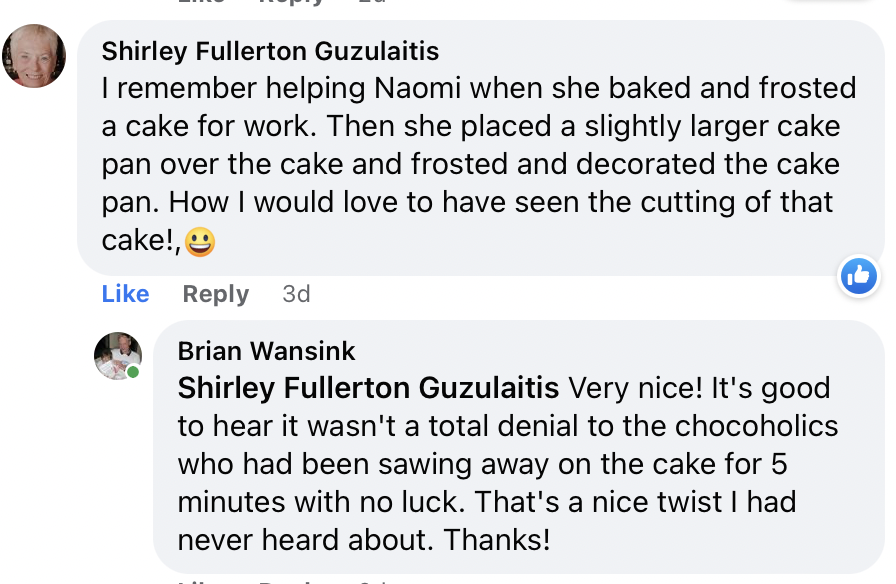
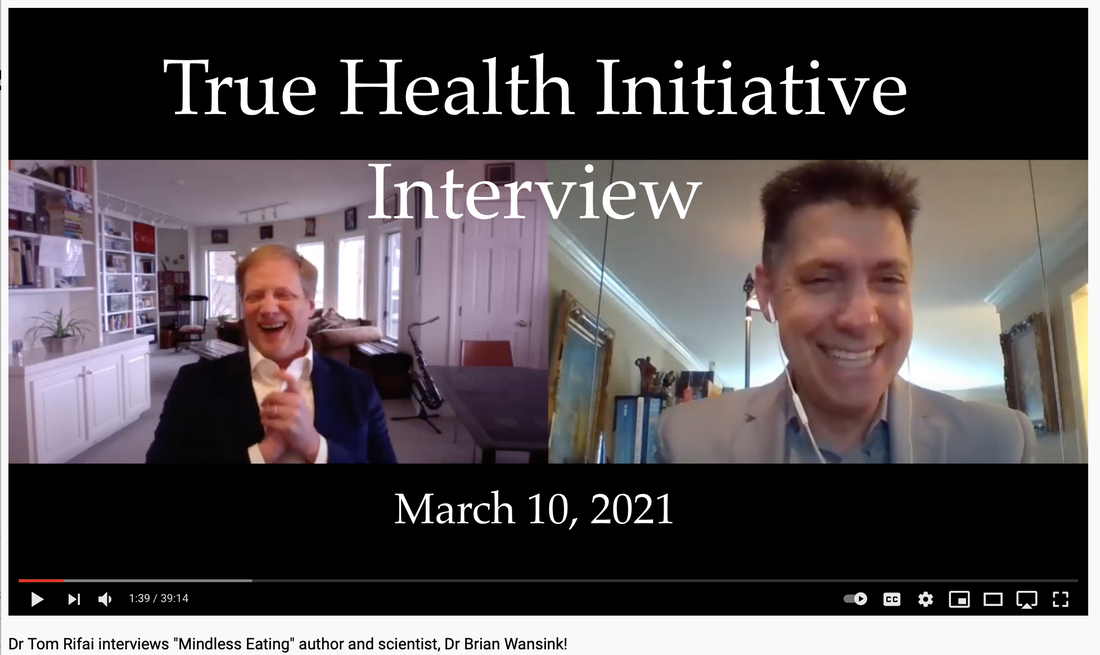



 RSS Feed
RSS Feed